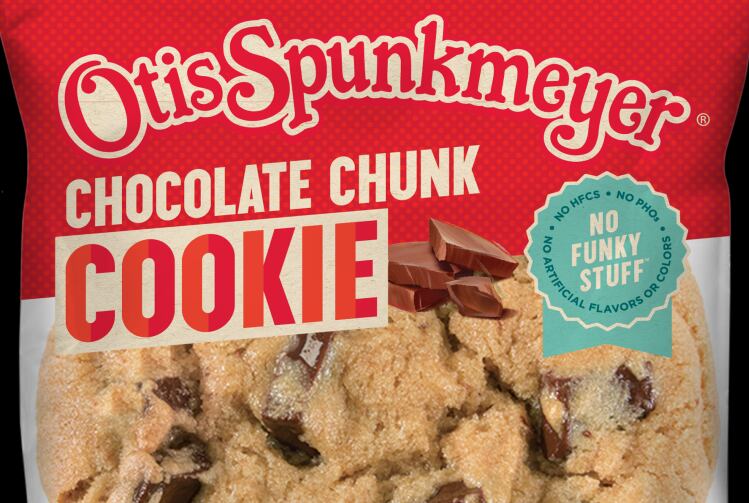In reality, says Greg Tompkins, SVP, R&D/commercialization at baked goods maker Otis Spunkmeyer, most substances on retailers’ ‘unacceptable ingredients’ lists are safe and legal additives bestowed with ‘chemical-sounding’ names that imply a level of ‘processing’ that alienates shoppers looking for ingredients they cook with at home. And formulators are under increasing pressure to replace them.
That said, consumer expectations about clean labels appear to be category and brand specific, says Tompkins, who notes that consumers who spurn ‘processed foods’ often accept the lengthy and complex ingredients lists on some plant-based meat and dairy alternatives because they perceive them to be healthier or more ethically/environmentally responsible, for example.
Clean label expectations are category and brand specific
Expectations about GMOs also vary by brand, he says.
“I don’t know that any customer has come to us and said we need to go Non-GMO for our Otis Spunkmeyer cookies and cakes, whereas for the La Brea brand [owned by parent company Aryzta], going Non-GMO has been really important.
“People are much more interested in what a La Brea ingredients statement says than an Otis Spunkmeyer cookie or muffin, so clean label expectations seem to be brand-specific."
As some big brands have also learned the hard way, reformulation is not without risk, especially when consumers have very specific expectations about a particular brand, he says.
"Here's a great example. We have had an M&M cookie for years, and everyone knows that M&Ms are loaded with FD&C colors, so we went out and sourced a naturally colored M&M and put it in the cookie, and people abandoned that cookie like it was the Titanic; it was appalling, the drop in sales. The minute we brought back the M&Ms, the cookie leapt back to its former glory.
"People know they are full of artificial ingredients, but they want their M&Ms, so there's a lesson there. I think the pendulum may swing back a notch from ultra clean label to what I call 'common sense clean label.'"
The clean label hierarchy
Otis Spunkmeyer has recently ditched high fructose corn syrup, partially hydrogenated oils, artificial colors and artificial flavors as part of its ‘No Funky Stuff’ pledge, but still uses the leavening agent SAPP (Sodium acid pyrophosphate), various gums, modified starch, the preservative potassium sorbate, and bleached flour in some products, says Tompkins.
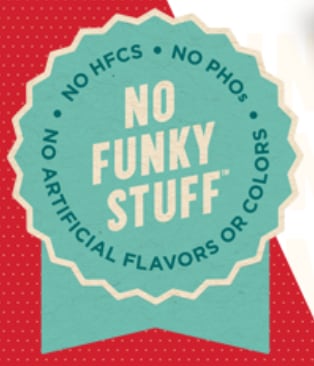
“I think things like acacia gum and guar gum sound pretty natural on a label, but the sorbates for us are a tough one as we have a shelf life requirement for our products that is not going to let those go away very easily. We’ve also found it hard to get away from emulsifiers such as mono- and diglycerides in muffins; we haven’t found anything that really works as well; they have a functionality we really need.
He adds: “We replaced all the bleached flour in our super premium line of cookies as we felt it was an upsell for the brand, but I don’t think consumers think it’s a bad ingredient; I think they think, ‘It’s a bit more processed than I want.’”
As for modified starch, Tompkins has been working with some pre-gelatinized starches that are not chemically modified “that seem to work very well in some applications,” he says. “Again, it’s like bleached flour. It’s not seen as particularly bad, but people would prefer not to see the word 'modified.'”
In general, he says, “The cookie end of things is pretty good for us [in terms of clean labels], and for the muffins, we have a clean label generation 2 muffin which looks better than our current muffin, but it still has the sorbates and things that will allow the shelf life to be where it is.”
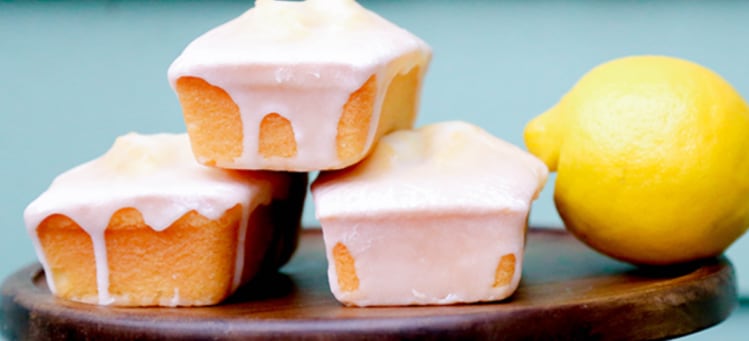
While some high profile start-ups have built a brand around the brevity of their ingredients lists (think RXBAR), says Tompkins; “I think consumers are most interested to see if there are any words in there that sound like they are out of a chemistry text book.”
No funky stuff?
So how challenging has meeting its ‘No Funky Stuff’ pledge proved?
In the case of high fructose corn syrup, not especially hard, says Tompkins: “Every time a recipe would come to R&D for some kind of examination, or revision, and it had HFCS in it, we’d take it away, replacing it mostly with invert sugar, which works well in muffin and cookie formulations.
“Removing artificial flavors and colors has also been fairly straightforward; it’s more of a margin issue [natural colors/flavors typically cost more], although we’ve had some challenges with blues, greens and reds. It can be hard to find natural colors that don’t come out as a pastel shade, but we’ve worked closely with color companies to find solutions that work for us. On the reds, some of the earlier ones we tried faded to brown and smelled and tasted horrible, but now we’re using beet based colors with natural stabilizers that are bake stable and retain their [original] color.”
On the flavors side, it’s more about cost than technical issues, he says: “Going from vanillin to real vanilla is really expensive.”
Pick your poison
When it comes to replacing partially hydrogenated oils, he adds: “Right now it’s kind of pick your poison. Everything is a trade-off, palm oil might be bad in the sense that it’s high in saturated fat, but partially hydrogenated oils are a lot worse.
“We’ve looked at interesterified oils with one of our vendors for our cookie lines and our laminated dough lines, but our regulatory people are looking at what this would mean on the label as I don’t think consumers understand the difference between fully and partially hydrogenated [fully hydrogenated oils – which don’t create trans fats, are often used in interesterified oil blends], they just see ‘hydrogenated’ on a label and think it’s bad.”
Elsewhere, Tompkins has replaced soybean oil with canola oil in some products “purely because people perceive soybean oil as a soy allergen [despite the fact that highly refined soybean oil is not required to carry an allergen warning as it contains almost no soy protein and has been clinically documented to be safe for consumption by individuals allergic to the source food],” he says.
As for butter, he adds: "I think people felt kind of betrayed by all the stuff they started to read about partially hydrogenated oils [which create harmful trans fats and used to be widely used in margarines and spreads in products positioned as healthier alternatives to butter]. They were told these products were good for them and then they were told they were going to kill you, so you can see why they gravitated back to the foods they know – like butter.”
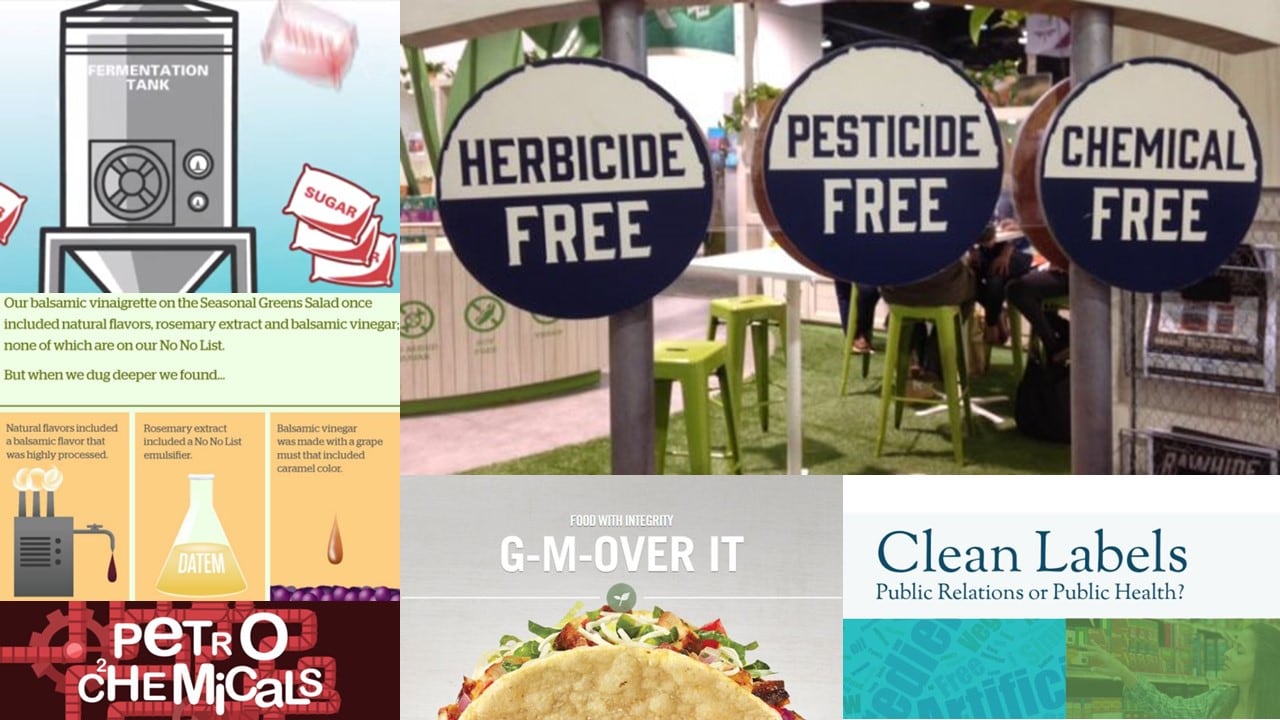
Think 'clean label' just means ditching ‘artificial’ ingredients and avoiding anything attracting negative press (warranted or otherwise)? Think again.
Today, brands are also questioning whether ‘natural’ flavors, preservatives and sweeteners are really ‘clean,’ whether Non-GMO claims should only apply to what's in the final product, and whether pesticide residues – even at trace levels – belong in ‘natural’ or ‘clean label’ foods. So where will this all lead?
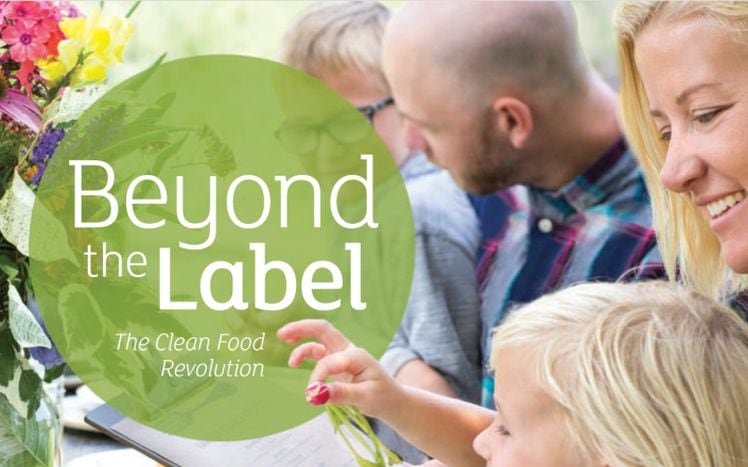
Consumers increasingly view clean label as about more than avoiding ‘artificial’ ingredients, according to a new survey from Kerry, which also reveals that some ingredients previously considered safe bets in clean label formulations, such as natural flavors and stevia, are now viewed with suspicion by some shoppers.

